The Gashghaï confederation includes different tribes. A few examples: the Bozorg kashkulis (the big ones), the Kuchek kashkulis (the little ones), the Shishbolukis (six districts), the Amalehs or Yalamehs (workers, servants of the Khan).
Fine work for this beautiful luminous kilim. Hexagons framed by different borders stand out against a red background, including an orange 'aleh abassi' border (tulip border), and a border with a cross pattern, a symbol of protection, on an ecru background.
Formerly considered as the carpet of the rural, humble or even poor person, the kilim is today assimilated to the 'first arts', ethnic and primitive. The kilim is the expression of a very old major art where we find a tribal language specific to different ethnic groups (formats, designs, zoomorphs, colors). Indispensable to the life of the nomad, it served as insulation (floor mat), bag (gorjin, namakdan, mafresh) to store goods and food, blanket (djajim) ... The kilim was an important part of the dowry on the occasion of a marriage. Today, the kilim has found its place in our traditional and contemporary interiors. The kilim is a 'flat woven' carpet without knots and without pile. Different techniques are used. Depending on the origins, it is called 'kilim' in Turkey, 'gelim' in Iran, 'kelim' in Afghanistan, 'palas' in the Caucasus, ...
Delivery by Chronopost offered for France and Europe. Do not hesitate to contact us by phone or email. (We ship our rugs and kilims by Chronopost or Colissimo, at our expense (up to 30 kg) in mainland France and Europe).


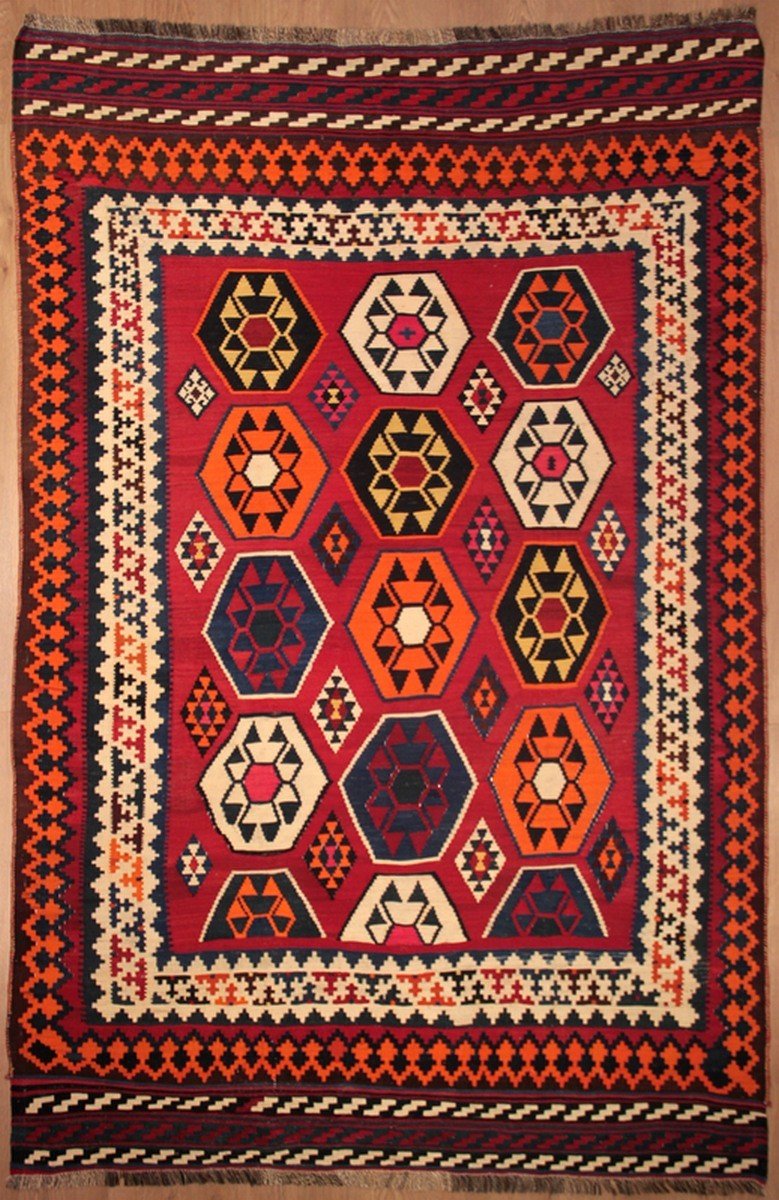














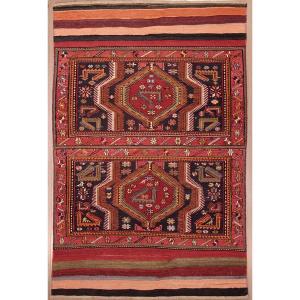



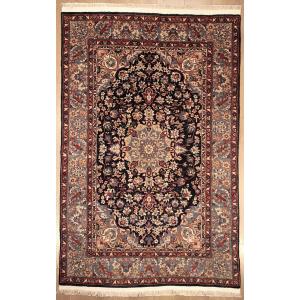


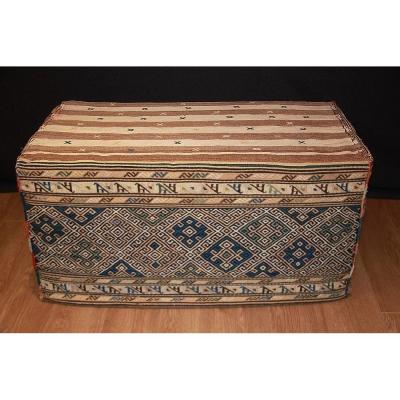
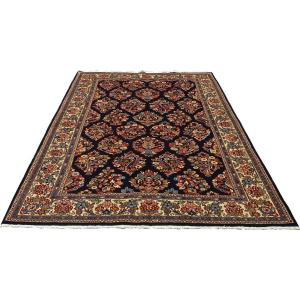
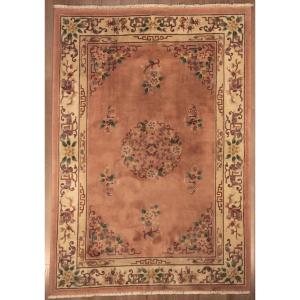

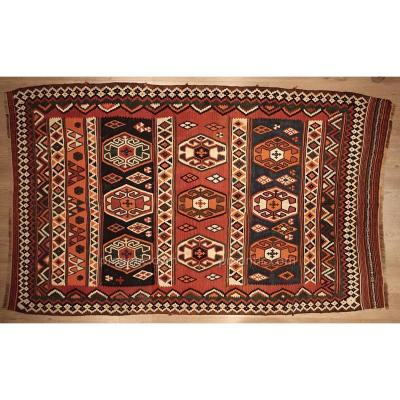

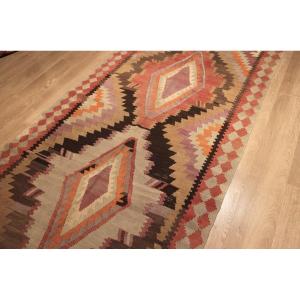


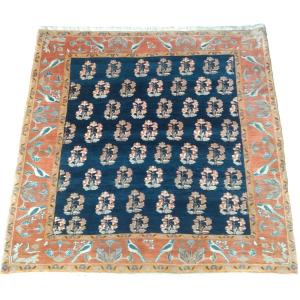

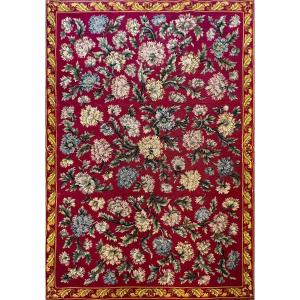
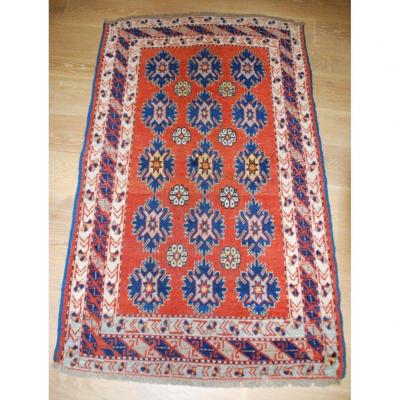



 Le Magazine de PROANTIC
Le Magazine de PROANTIC TRÉSORS Magazine
TRÉSORS Magazine Rivista Artiquariato
Rivista Artiquariato